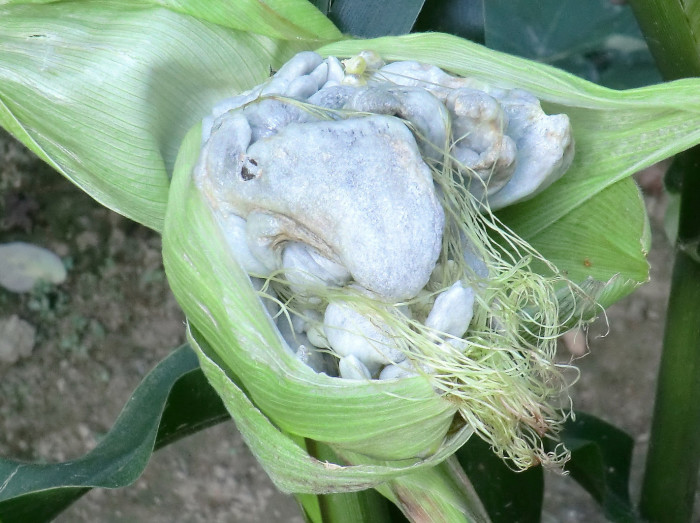We Asked a NASA Scientist: Why Can You See the Moon During the Day? Columbia Engineers invent software-controlled robotic lasers that cook food with unparalleled precision, food to cook more moisture, and creating an entirely new, customized way to cook a tasty meal.

Columbia engineers have been working on doing just that, using lasers for cooking and 3D printing technology for assembling foods. Creative Machines Lab has been building a fully autonomous digital personal chef. Lipson’s group has been developing 3D-printed foods since 2007. Since then, food printing has progressed to multi-ingredient prints and has been explored by researchers and a few commercial companies. Jonathan Blutinger, a PhD in Lipson’s lab who led the project. Cooking is essential for nutrition, flavor, and texture development in many foods, and we wondered if we could develop a method with lasers to precisely control these attributes. While Lipson and Blutinger are excited about the possibilities of this new technology, whose hardware and software components are fairly low-tech, they note that there is not yet a sustainable ecosystem to support it.
Food CAD,’ sort of the Photoshop of food. We need a high level software that enables people who are not programmers or software developers to design the foods they want. Jonathan David Blutinger, Alissa Tsai, Erika Storvick, Gabriel Seymour, Elise Liu, Noà Samarelli, Shravan Karthik, Yorán Meijers and Hod Lipson, 1 September 2021, npj Science of Food. Authors are: Jonathan Blutinger, Alissa Tsai, Erika Storvick, Gabriel Seymour, Elise Liu, Noà Samarelli, Shravan Karthik, Yorán Meijers, and Hod Lipson, Departments of Mechanical Engineering and Computer Science, Columbia Engineering.
